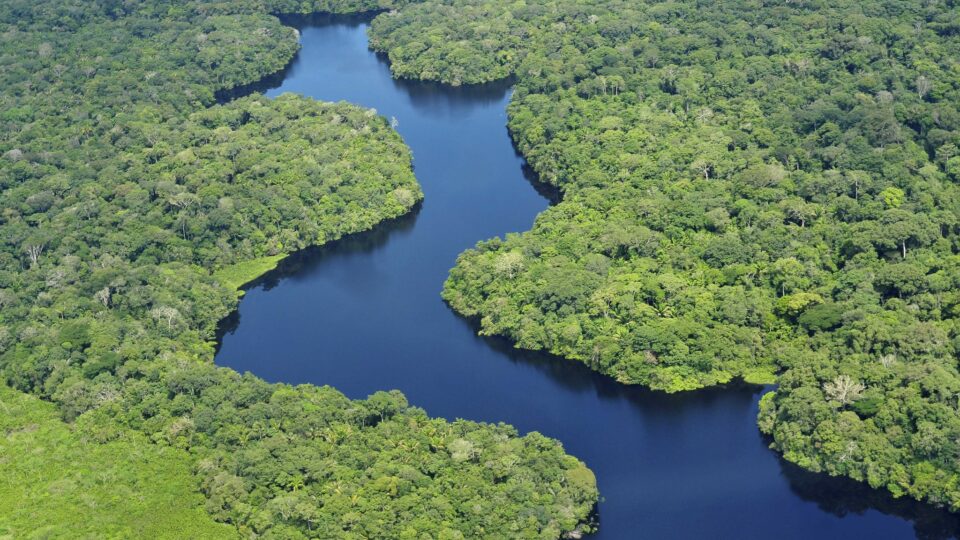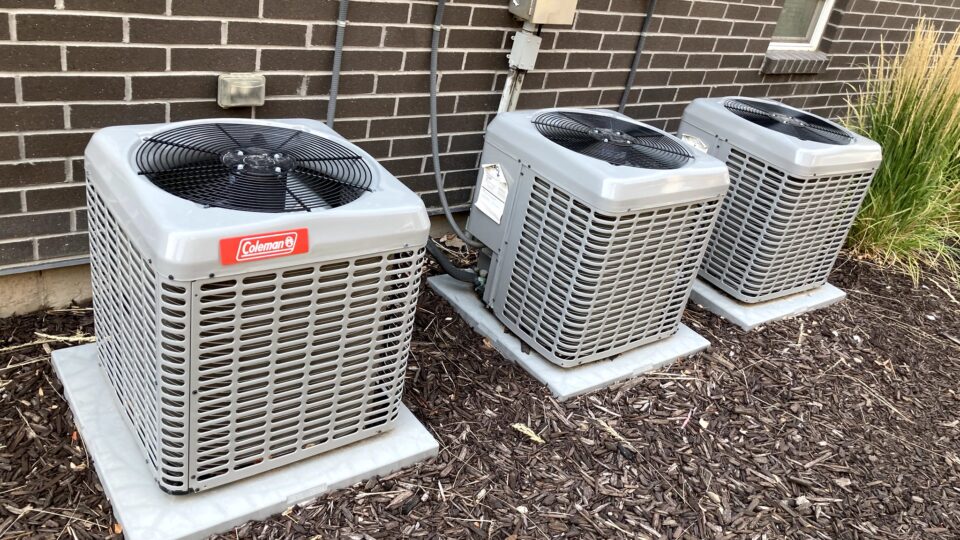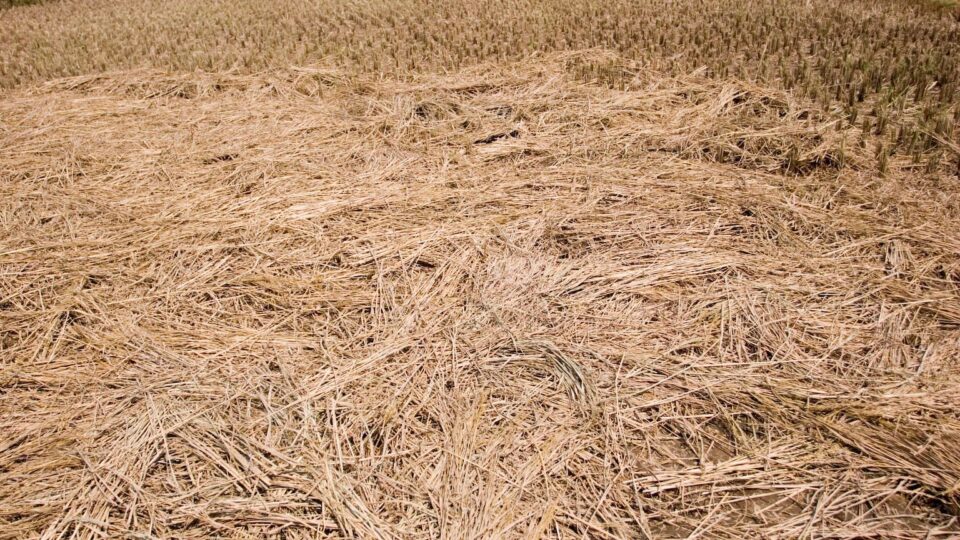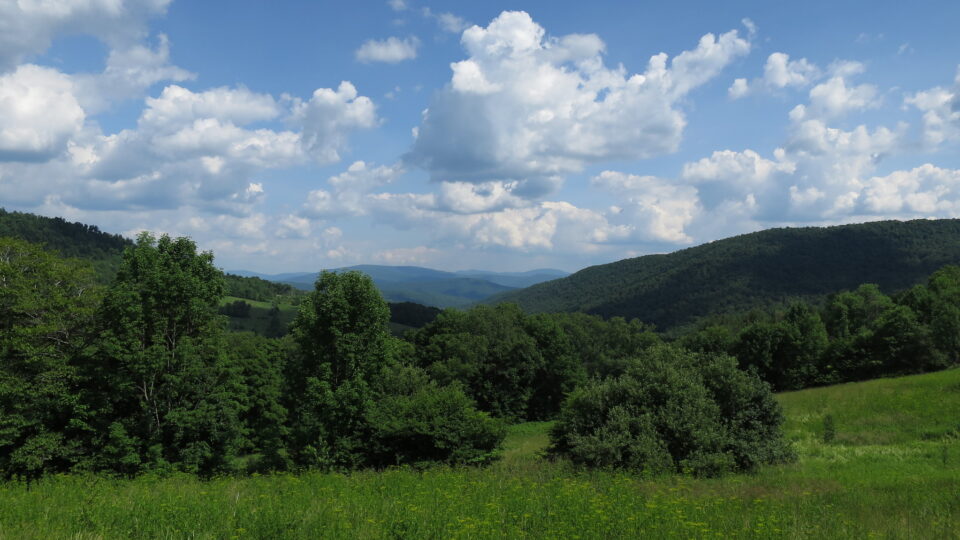Batteries are playing a bigger and bigger role in our lives. Apart from their use in ubiquitous smartphones, laptops, and other devices, millions of electric vehicles are hitting the roads, and utilities are installing giant banks of batteries to store energy generated by wind and solar farms.
The necessary characteristics of batteries are high energy density and stability. The latter is needed so that batteries can be safely and reliably recharged thousands of times. For decades, lithium-ion batteries have been the go-to for all these modern battery applications. And they have gradually gotten better and cheaper all the time. But the improvements are getting smaller, and the price reductions have limits.
For these reasons, researchers are always looking for batteries with higher energy density – so that, for example, electric cars can drive farther on a charge – and that can be made more cheaply, are not flammable, and are very stable.
Since the 1970s, researchers have investigated the use of aluminum for the anode of batteries because its properties would allow more energy to be stored. However, when used in lithium-ion batteries, aluminum developed fractures and failed after a few cycles.
Researchers at Georgia Tech University have developed a type of aluminum foil with small amounts of other materials that create specific microstructures. Used in battery anodes, this material does not degrade and appears to be a path to a better battery. When incorporated into a solid-state battery that does not contain the flammable liquid found in standard lithium-ion batteries, the result is a battery that checks most of the boxes in the search for a better battery.
Much more work is needed to assess the potential for the aluminum-based battery, but it looks very promising.
**********
Web Links
Aluminum Materials Show Promising Performance for Safer, Cheaper, More Powerful Batteries
Photo, posted August 27, 2019, courtesy of Marco Verch via Flickr.
Earth Wise is a production of WAMC Northeast Public Radio






